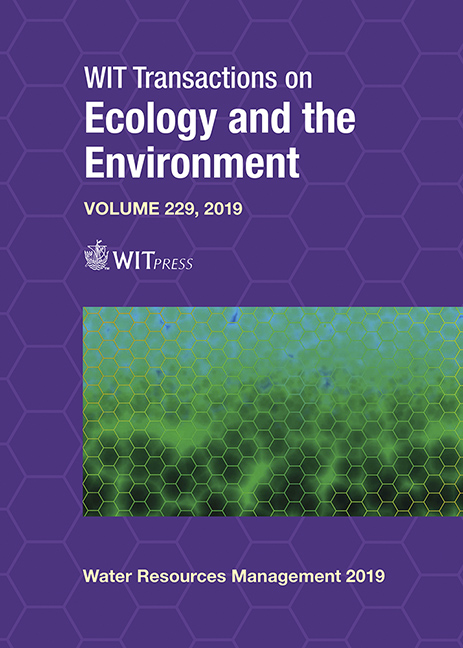ARE ADVANCED WASTEWATER TREATMENT TECHNOLOGIES A SOLUTION FOR TOTAL REMOVAL OF MICROPLASTICS IN TREATED EFFLUENTS?
Price
Free (open access)
Transaction
Volume
229
Pages
8
Page Range
109 - 116
Published
2019
Paper DOI
10.2495/WRM190111
Copyright
WIT Press
Author(s)
SONIA OLMOS, JOAQUÍN LÓPEZ-CASTELLANOS, JAVIER BAYO
Abstract
The presence of microplastics (MP) in water environments is considered a global threat, with different adverse effects on ingesting organisms: physical damage due to the plastic particles themselves, leaching of some constituent monomers, the potential transport of organic and inorganic pollutants, and leaching of additives used in the manufacture and polymerisation of plastic products. In the last case, especially when additives are not chemically bound to the polymer structure, they may leach out into the aquatic environment. This paper deals with the role of wastewater treatment plants (WWTP) as sources of microplastics to the environment, and the efficiency of different advanced technologies used for wastewater treatment aiming towards a zero pollution discharge. The monitoring study was carried out during 2018, including three different wastewater treatments, i.e. activated sludge process with extended aeration (ASP), rapid sand filtration (RSF), and membrane bioreactor (MBR). Microplastics comprised an average value of 45.0% total microlitter (ML), with average concentrations decreasing after each wastewater treatment step. The decrease of microplastics from the primary to the final effluent was 90.2% for ASP, 93.8% for RSF, and 96.2% for MBR, indicating the importance of final-stage or tertiary technologies to remove this emerging pollutant, although never reaching a zero pollution discharge. The main plastic polymer found in all wastewater samples was low-density polyethylene (LDPE), followed by polypropylene (PP), high-density polyethylene (HDPE), and textile fibres made of nylon (NYL). Five shapes were detected, i.e. fragments, films, beads, fibres, and foam. Films decreased from primary to final effluent, conversely to fragments that increased during the sewage treatment.
Keywords
microplastics, rapid sand filtration, activated sludge process with extended aeration, membrane bioreactor





